How to heat an RV without propane? All but the smallest RVs come equipped with a built-in propane furnace? But, many RVers don’t want to use it because of the potentially harmful effects of the unburnt propane gas.
Winter camping is appealing to so many outdoor lovers despite the harsh weather and low temperature. But, how do you survive the bone-chilling cold when without turning the propane furnace on? Let’s find out:
Contents
How to Heat an RV without Propane?
A propane furnace is safe to use and it carries heat uniformly in a well-designed RV. However, some campers want to avoid it because of the possible health hazards of unburnt propane gas, using excessive battery power, and the low-efficiency rate of the furnaces. Well, there are plenty of alternative ways to make sure that your RV is warm. You can apply the combination of these two ways:
>> Read our previous review: The Best RV Wax For Fiberglass 2018
Alternative Heat Sources – 1st Solution to How to Heat an RV without Propane
If you are not turning the propane furnace on, you have to use an alternative heater to be the main heat source in the RV. A durable and efficient source of heat will keep your motorhome warm. It will allow you enjoy the serene snowy atmosphere while remaining comfortable.
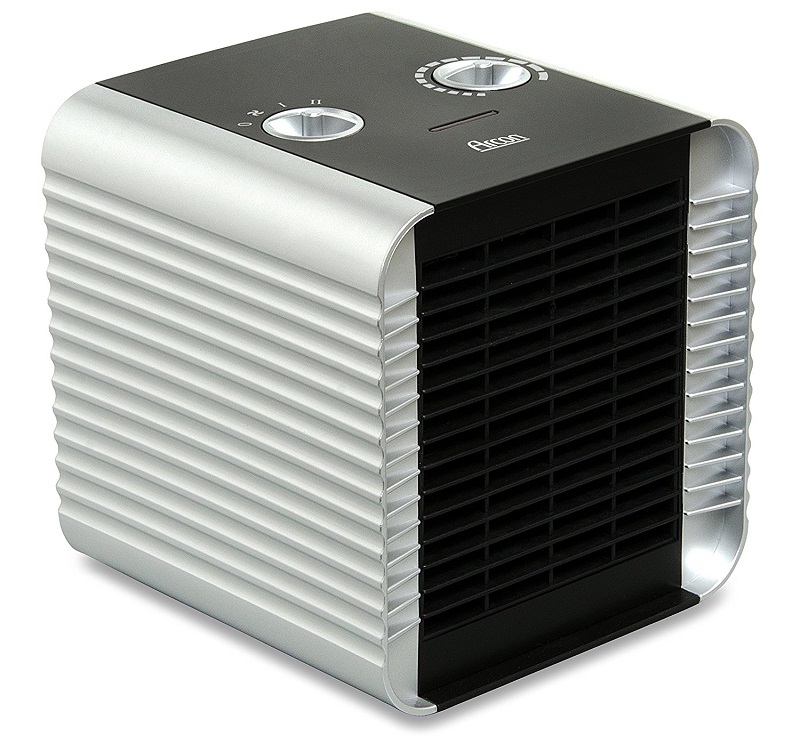
Electric Heaters
You will find plenty of options when looking into the range of electric heaters for RVs. Their power consumption range is typically between 300 and 1500 watts. You have to choose a model depending on the size of your vehicle and the possible outdoor temperature when you will be camping.
The electric heaters produce clean energy, which means that there will be no harmful byproduct, unlike the propane furnaces. They are also 100% efficient. Their yielded power is similar to the electricity they draw from the electrical circuits or batteries.
Come RV campsites don’t charge any extra cost for electricity usage, even for heaters. However, the operating costs could appear to be a bit high if your site uses meter for electricity usage or charge a fixed price for the heater.
Heat Pumps
They will serve best if you use one besides an electric heater. If you camp somewhere where the temperature is cool but not freezing, which is something around 4-5 degree Celsius but not below zero degrees, use them at night instead of the electric heater. Applying this strategy will save you a sizable amount of the electricity bills.
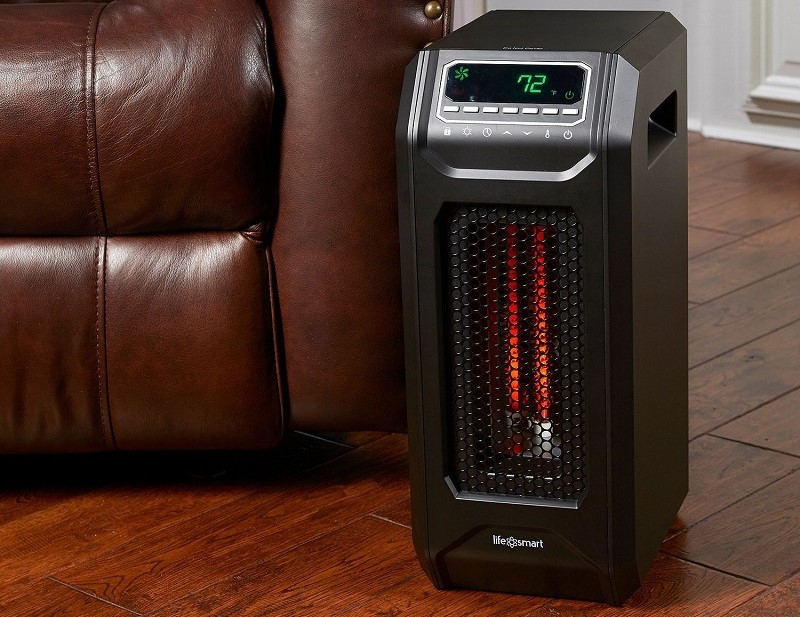
Space Heaters
You can consider this device in addition to an electric heater. It heats up a single small area, helping to increase the interior temperature up a few degrees. Don’t buy an expensive unit because you will use it only as a second level of heating. Purchase a good one at a moderate price and place it in the bedroom at night and living area throughout the day to maintain a steady temperature.
>> You may also like: Best RV Shower Head 2018 Reviews and Rating
Insulation Techniques – 2nd Solution to How to Heat an RV without Propane
No matter how good the heating arrangement in your RV is, nothing will work if you can’t trap the heat inside. Most of the RVs have thin and flexible materials in their body to keep the weight down and to increase the mobility. They are not a problem in the summer and fall but they are not likely to fare well in extremely cold temperatures. You have to insulate all the holes and slits very well to prevent the cold air to come in and interior heat to go out.
Some of the easy insulation techniques that you can apply are:
Check the Windows and Doors
The doors, slides, and windows may have cracked or broken rubber seals and gaskets. These are the things that you should immediately take care of because they are letting cold air inside the RV. Lubricate them regularly so that they provide a good seal. However, replace if they have physical damage or cracked to the point of beyond repair.
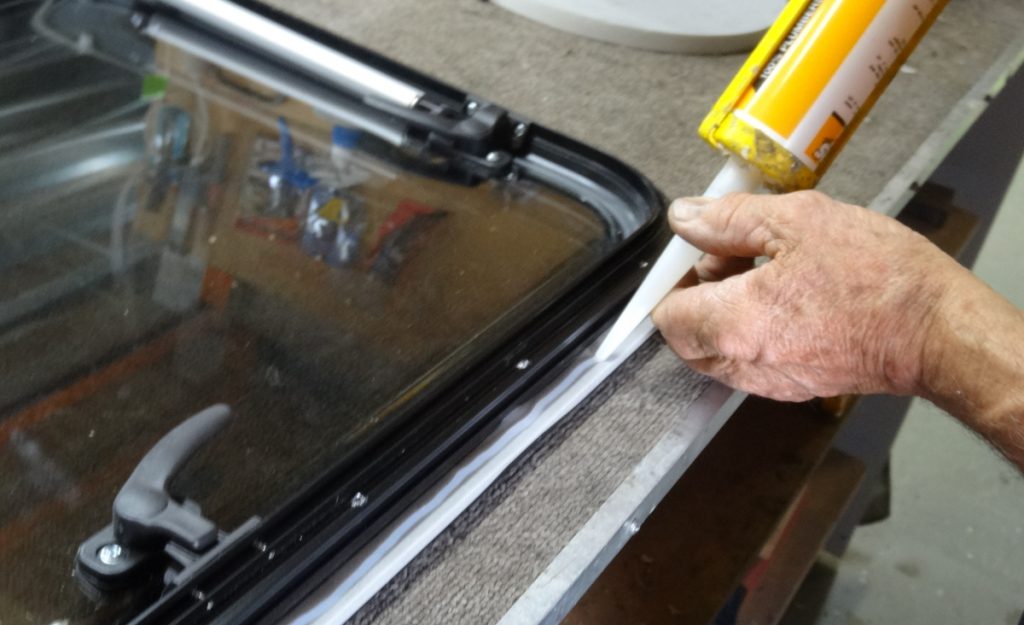
Close up the Door Bottom
The indoor is not properly sealed if there is a blank space remains between the door and RV floor. There are many items that can be used to seal that door bottom. One of the best options is rubber cloth tubes that you will find in your local shops. Each piece of tube is about 4 inches in diameter and around 3 to 4 feet long. They are cheap and do an excellent job in blocking the cold air from entering.
Wrap the Screen Door
Blocking everything in the winter will prevent the cold air, but it will also block the sunlight. If you want to enjoy the sunlight during the daytime, covering the screen door with shrink plastic is the best way. It will also work as an insulator that will keep the heat trapped inside. The plastic is cost-effective, easy to apply, and you can get rid of it within minutes when the summer arrives.
Clean the door with a cleaning solution or rubbed alcohol so that the plastic bonds better with the surface. After setting it on the door, heat it with a hairdryer. Keep the dryer moving at a pace so that the plastic shrinks but does not melt. This will remove the air pockets and wrinkles and help the plastic to bond better with the door surface.
Take Care of the Hatch Vent
The roof is a solid part of any RV model. But, there is no chance of staying relaxed since the covers of the hatch vents are nothing but thin plastic pieces. They could easily be the Achilles heel given that you have sealed everything else.
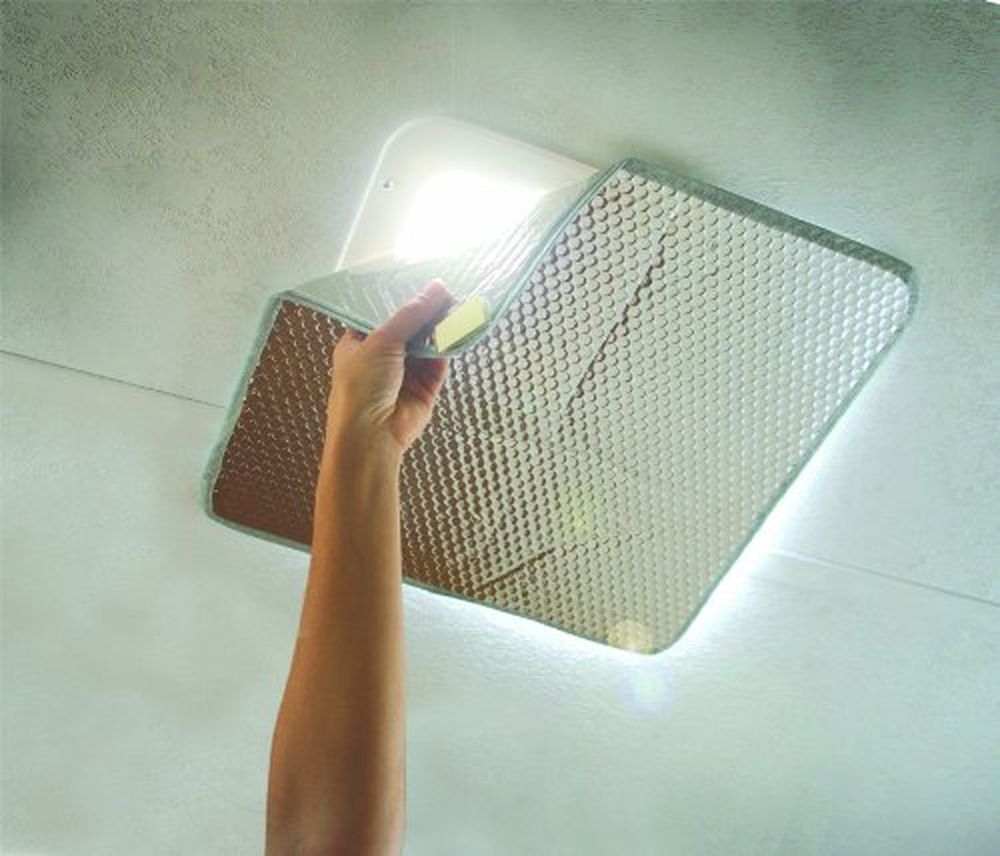
How to solve this problem? Easy. Just put and stick an extra layer of Styrofoam on the covers. There are also hatch vent insulators available in any hardware store. They will create a nice seal and ensure that heat does not escape the interior.
Conclusion
Remember that a propane furnace is not a bad idea. But, if efficiency and complete safety are your priorities, make your own heating arrangement by finding the right combination from these suggestions.
Last Updated on November 18, 2018
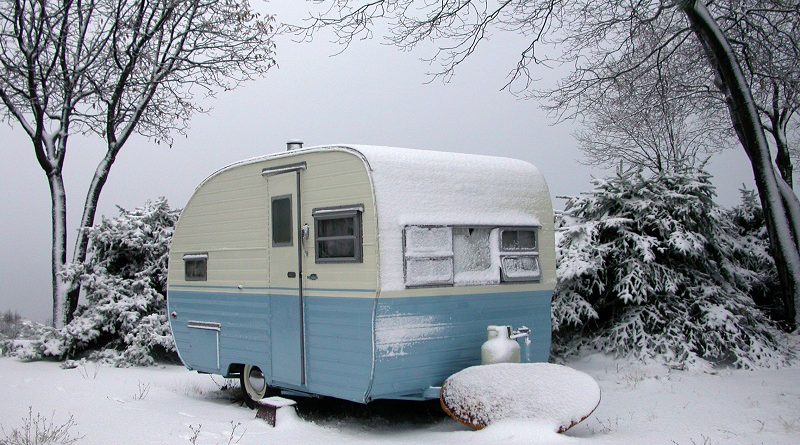
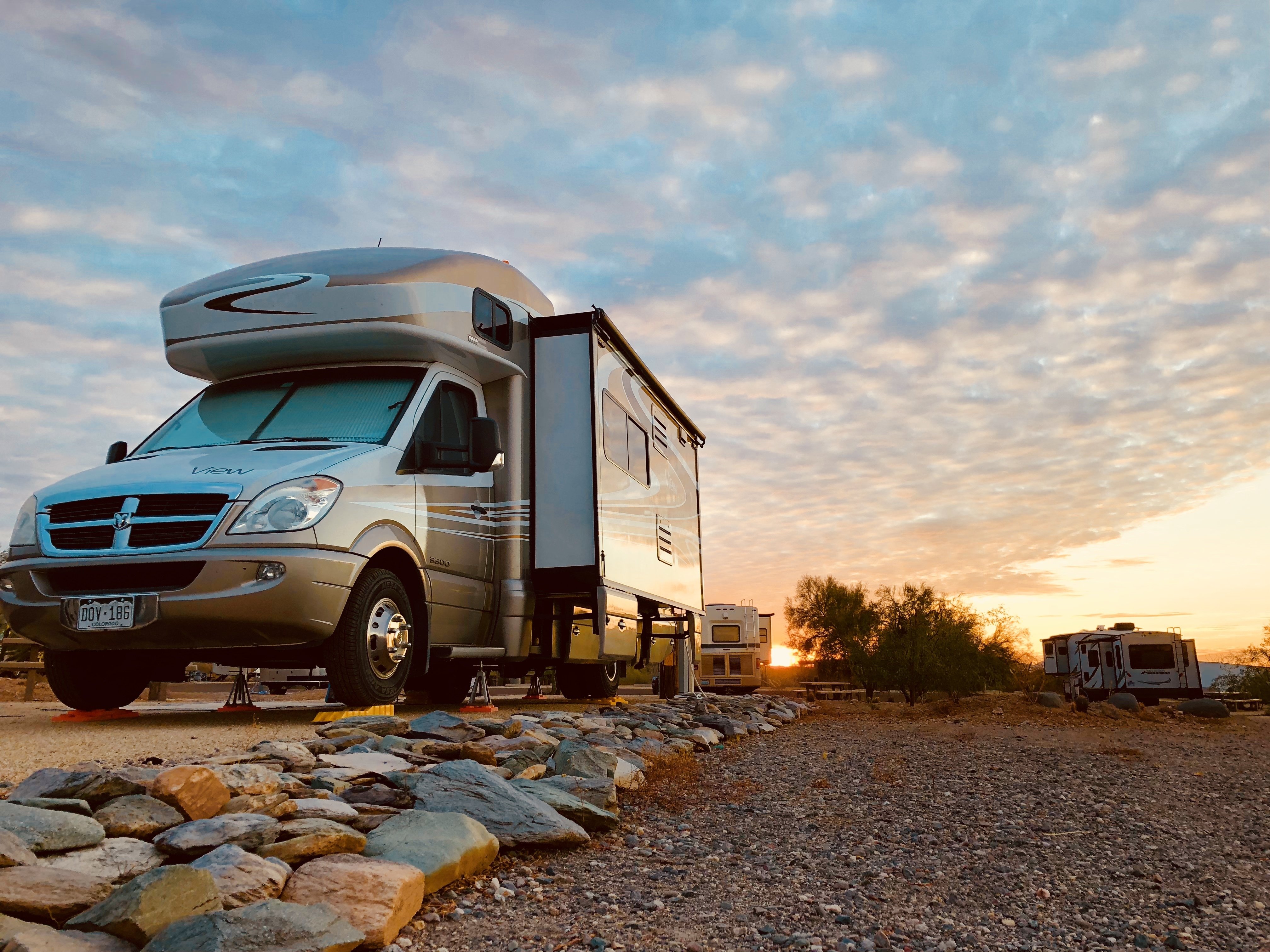
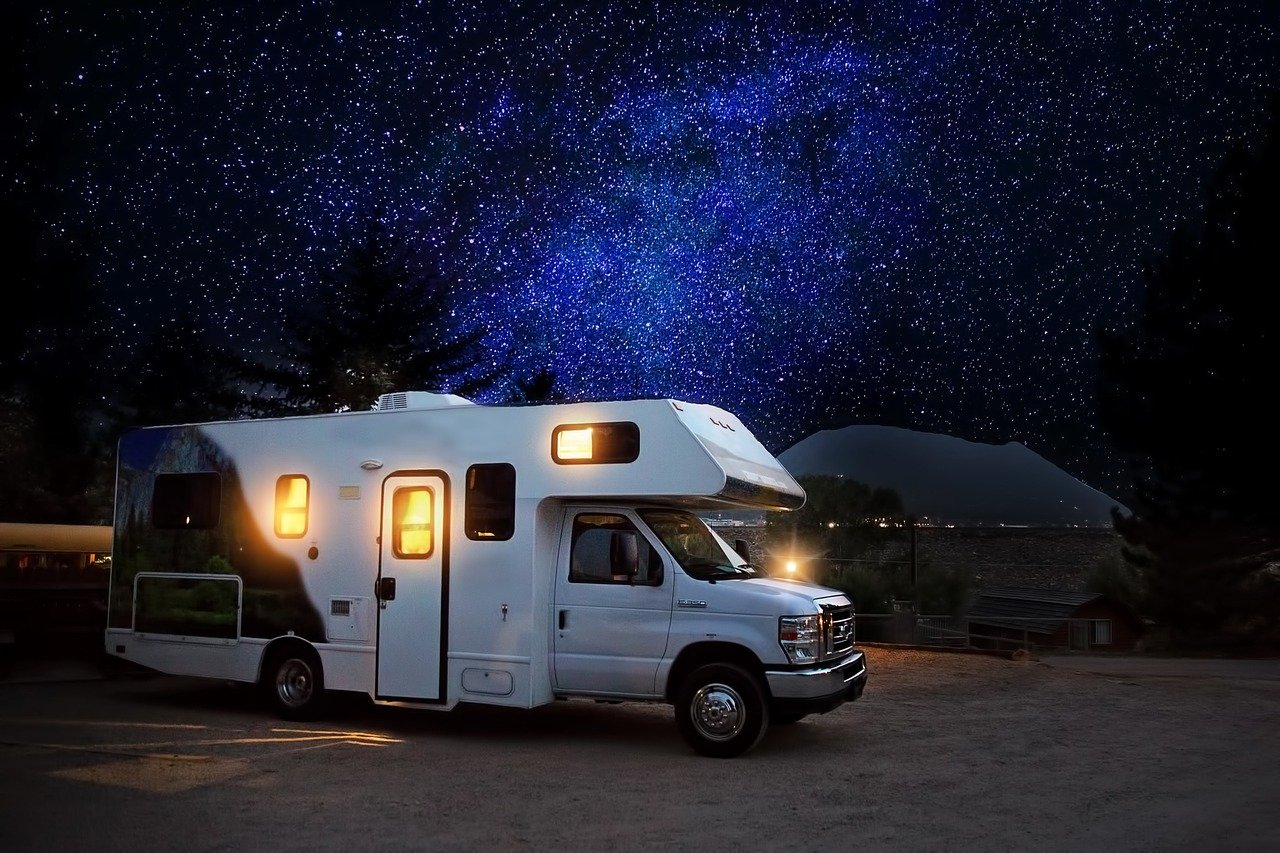

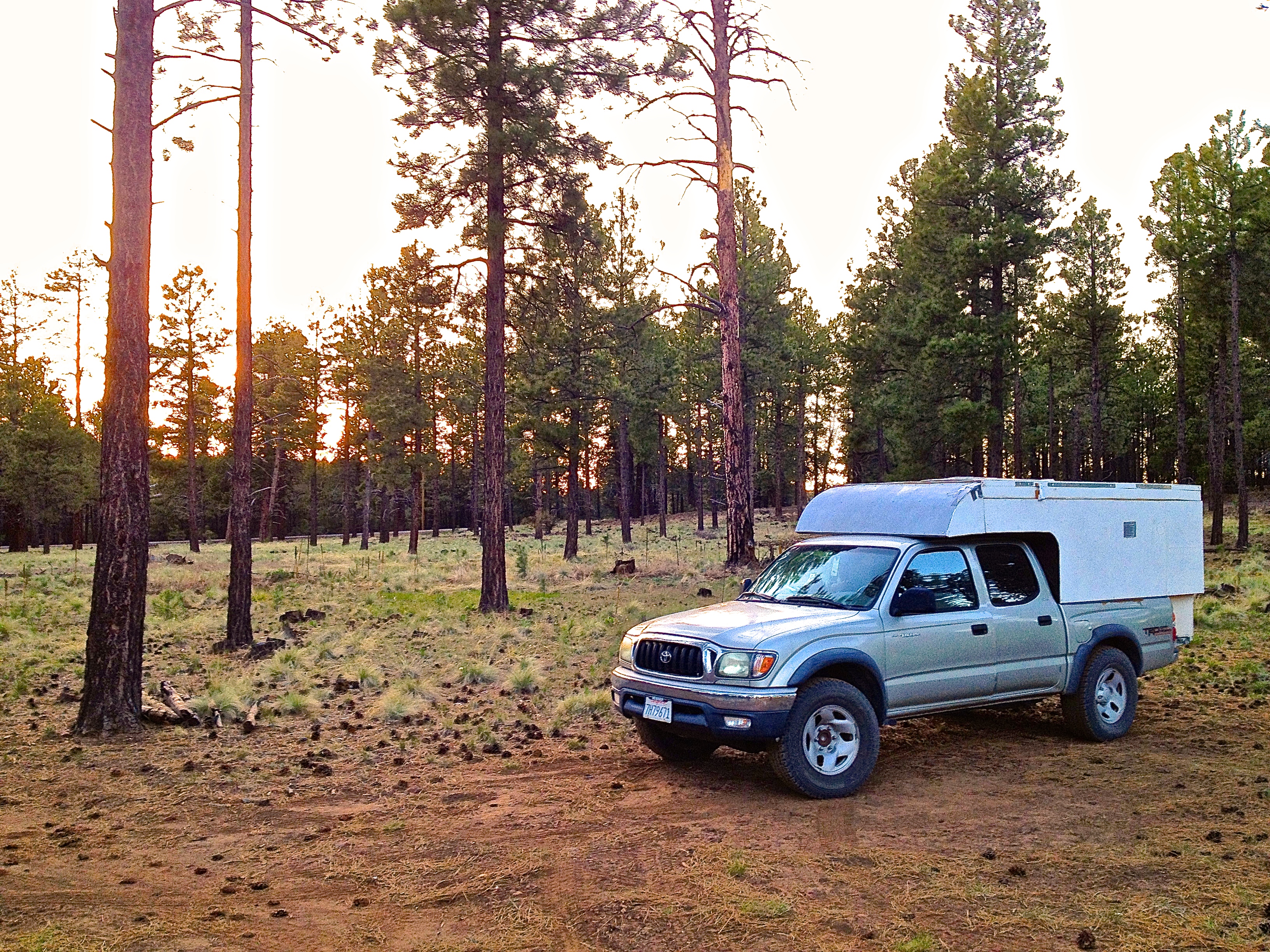

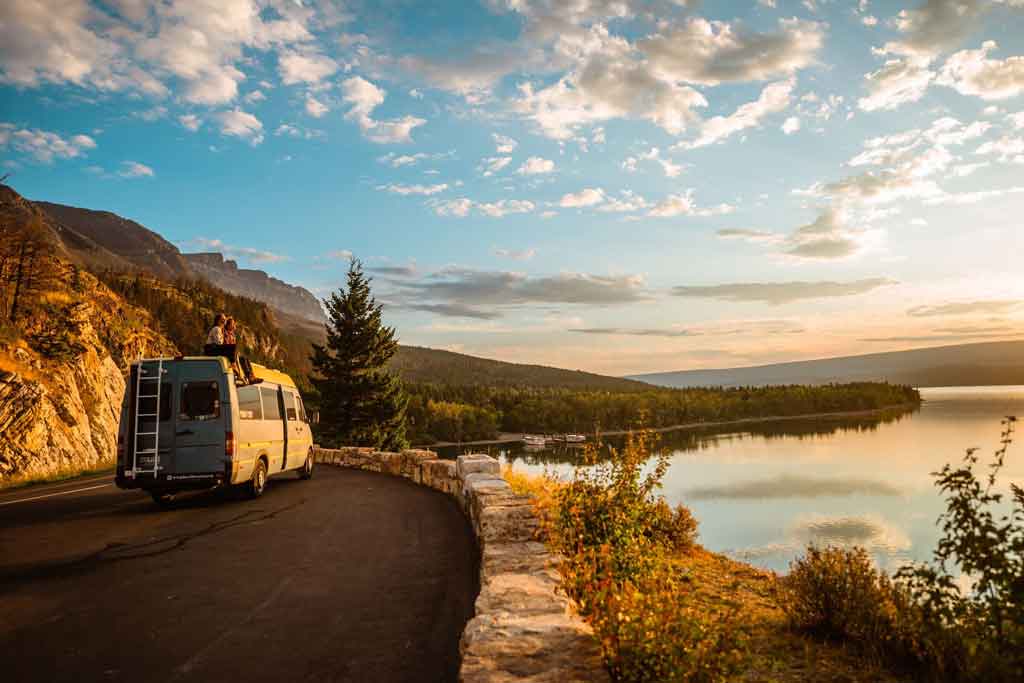
Pick up a CO2 detector. We have a small one that sits on a dresser or can be mounted on a wall.
It’s undeniable that propane is costly for heating usage. Find another alternative is a better way we should go for. Great article with comprehensive info. It’s really useful for outdoor enthusiasts in winter trips.